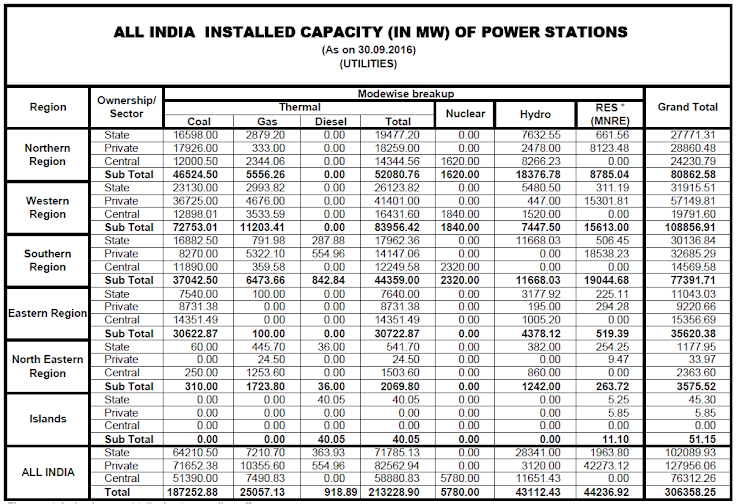Consumers in the state, who were recently burdened with a power tariff hike, the second in the past nine years, are likely to get a fresh shock. The power tariff may be revised upwards yet again, thanks to Mahanadi Coalfields Ltd (MCL) which has jacked up prices of 'F' and 'G' grades of coal, used in thermal power plants, by 19 per cent and 23 per cent respectively.
Add to this, MCL, a subsidiary of Coal India Ltd (CIL), has started billing of excise duty on coal at the rate of five per cent from 1 March this year. With coal accounting for nearly two-thirds of the cost of power generation of thermal power plants and hydro power generation in the state falling drastically, fresh revision of power tariff seems only inevitable."The recent hike in power tariff has not factored in the sharp increase in coal prices by MCL which is the only CIL subsidiary to have scaled up prices of ‘F’ and 'G' grades of coal, used in thermal power plants.
Besides, the coal company has started billing of excise duty on coal at the rate of five per cent. This is bound to trigger another power tariff hike.
In the past couple of years, the price at which Grid Corporation of Orissa (Gridco) purchased power from NTPC has moved up from Rs 1.60 per unit to Rs 3.50 per unit and with the revision in coal prices, our bulk purchase price is set to go up to around Rs 4 per unit. For the end consumers, the hike could be possibly in the range of 70-75 paisa per unit, keeping in view the distribution losses”, a top Gridco official told Business Standard.
From the Co-Generation plants, Gridco was currently buying power at the rate of Rs 2.75 paisa per unit while Arati Steel, which runs a 50 MW captive power plant, has demanded a price of Rs 4 per unit for supplying power to the state grid.
The cost of hydro power generation in the state is only 65 paisa per unit but hydro power generation has shown a sharp decline and it meets only 17 per cent of the state's overall demand, the official stated.
Moreover, the average generation cost of thermal power has surged by two times in the past couple of years, he added.
In the last week of February this year, MCL had revised price of 'F' grade of coal from Rs 480 to Rs 570 per tonne while the price of 'G' grade coal was raised from Rs 350 to Rs 430 per tonne.
Industry sources pointed out that there was no justification for MCL to revise coal prices since the coal company posted a cash profit of Rs 4500 crore in 2009-10.
Meanwhile, on the excise duty front, the authorities of Orissa Power Generation Corporation (OPGC) have requested MCL to have a re-look at the levy of excise duty on coal supplied.
OPGC has requested MCL to examine the possibility of charging excise duty at the rate of one per cent without Cenvat benefit in the overall interest of the state.
"Power is not an excisable product and accordingly, a power company like OPGC has no option to set off the excise duty paid. In view of this fact, full excise duty of five per cent is to be borne by the consumers which will increase the coal price by Rs 29 per tonne. The financial burden on the consumers of Orissa on account of the enhanced excise on coal billed to OPGC would be Rs 7.5 crore per annum”, Venkatachalam K, managing director of OPGC said in a letter to the chairman and managing director of MCL.
As per the recently revised tariff, which will come into effect from 1 April, the consumers now have to pay Rs 1.40 per unit for the first 50 units, instead of first 100 units as provisioned earlier.
Domestic consumers using electricity up to 200 units will now have to pay Rs 3.50 per unit while for consumption of electricity between 200 and 400 units, the tariff will be Rs 4.30 per unit. Consumers using above 400 units would be charged at the rate of Rs 4.80 per unit, according to the latest OERC tariff order.Earlier, consumers had to pay Rs . 3.10 per unit to use up to 200 units and Rs 4.10 per unit for consumption beyond 200 units.


